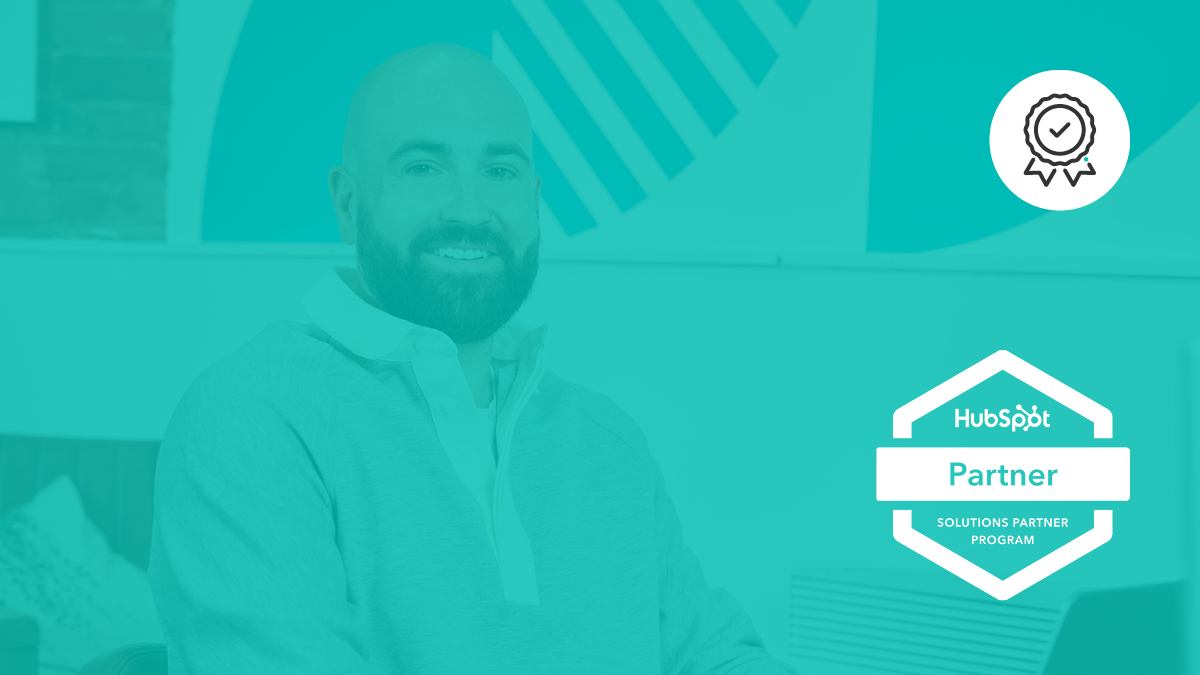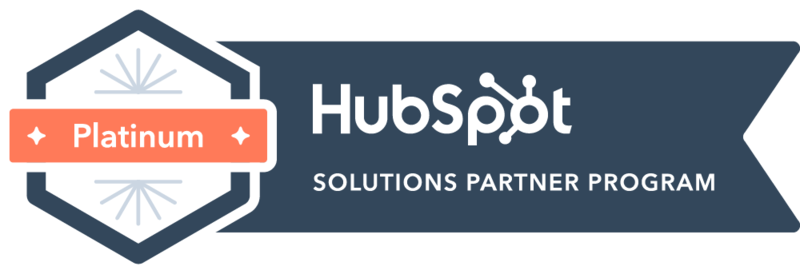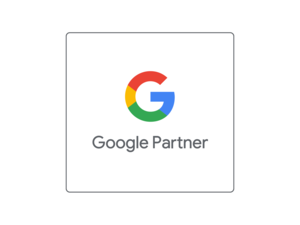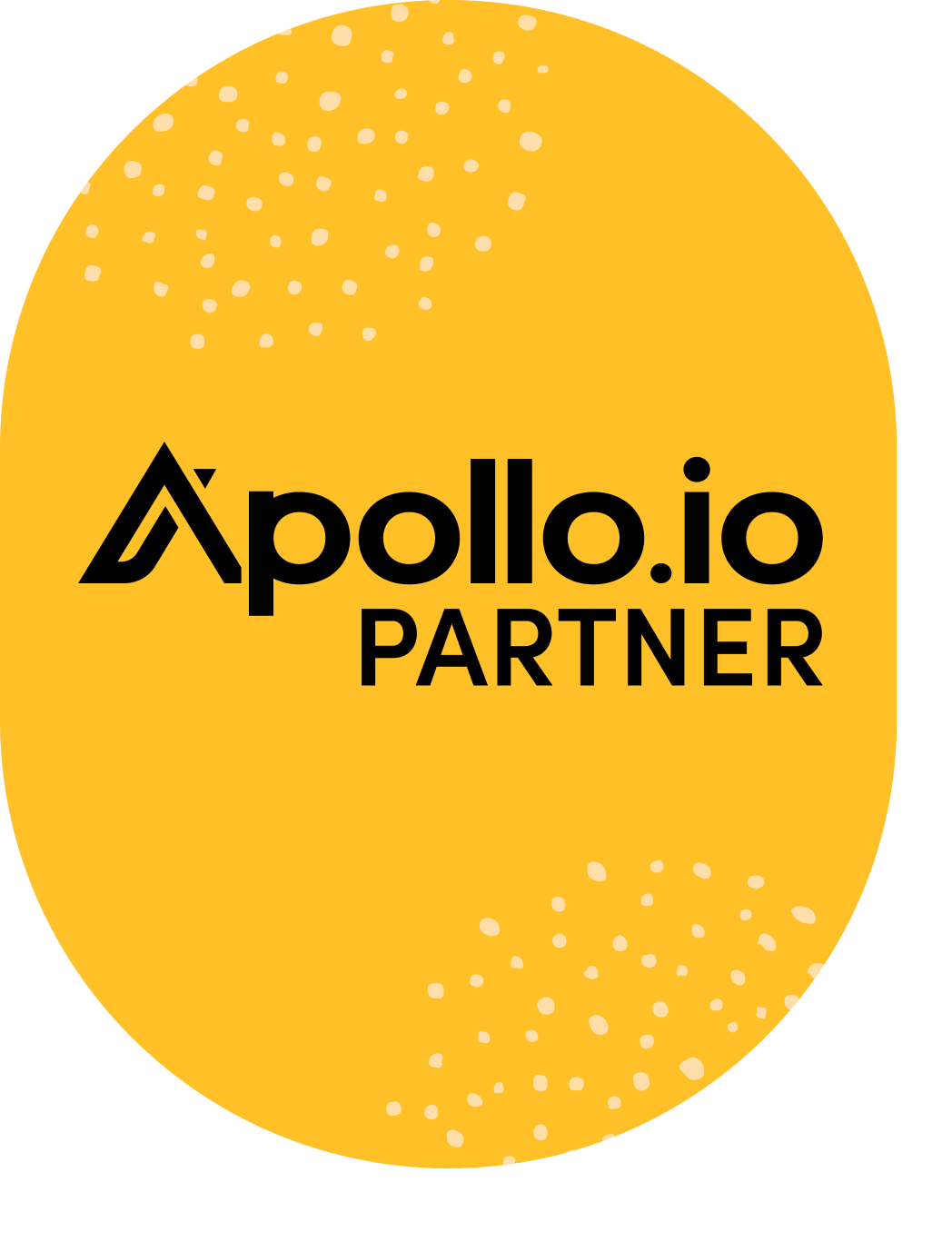As B2B companies continue to face a rapidly-changing business landscape and tightening budgets, adaptability is key. With businesses constantly evolving, CRM systems must keep pace. Thankfully, HubSpot has just announced some key CRM customisation features at its INBOUND 2023 event. Our Director of Consultancy, Technology and Innovation, Adam Leach, takes a look at what’s changing, and how the new features will significantly impact your CRM experience.
What is customisation and why does it matter?
When talking about customisation, HubSpot refers to any adaptation of its core CRM data model, configuration and extensibility.
In announcing a raft of new customisation features to its CRM, HubSpot explained that having a high level of adaptability in the system was vital for both businesses and their customers. It said users now wanted ease of use as well as flexibility, and growing businesses needed an agile CRM that could swiftly adjust to evolving processes.
Customisation enables your CRM to align with your unique workflows and business styles, so it looks and functions exactly the way you want it to. For your business CRM customisation is crucial – and that rings true the larger your team becomes.
Businesses require a CRM that is both user-friendly and adaptable, but until now we’ve struggled to find the best of both worlds in a platform. Customisation may have successfully driven scalability, revenue, and growth, but it has traditionally demanded time, labour, and investment – resources that are often constrained.
That’s why in announcing its new CRM customisation capabilities, HubSpot focussed on a new proposition: “power + ease”. The result, they say, is a solution that is not only easy to adapt but also flexible enough to scale with businesses of all sizes, without the need for substantial costs, specialised skills or downtime.
How can HubSpot’s CRM be customised for your business?
The new customisation features are currently in either public or private beta, and should be seeing a full release soon.
When it comes to configuration, a single, streamlined space for adjusting the middle column of a record page will be added, reducing configuration time and improving management. Users will also gain the ability to add up to five tabs to a record page's middle column, enhancing user value and adaptability. With expanded CRM components, users will also be able to create and configure within the user interface the record middle column, including reports, property lists, association table improvements, association label pivot and stage tracker.
New data model customisation features include conditional properties and property options, with admins gaining greater control over their data model and data governance, resulting in increased data entry efficiency. Same object associations and association cardinality will mean teams can now associate two records of the same object type and configure association limits at the label and object type level, providing greater customisation flexibility.
When it comes to extensibility, users will enjoy enhanced UI extensibility tools, with the ability to migrate to React, dramatically increasing usability, flexibility and power. An expanded list of CRM components is also now available when building custom cards, offering deeper value for B2B businesses. Users can now take action on data through out-of-the-box, HubSpot-defined actions, going beyond data visualisation.
What does all this mean for you?
We’re excited for our clients to try out these new CRM customisation features, so they can really tailor HubSpot to their exact needs, streamline processes, improve user satisfaction and boost their revenue and growth potential.
In the meantime, take a look at how HubSpot has helped E.ON Next achieve its marketing goals:
Pod case study:
How CRM customisation saved E.ON Next time and money
Renewable energy supplier E.ON Next approached us to onboard all their SME sales on to a CRM. Our expert team built a custom integration with Kraken and custom CRM cards for interaction inside of HubSpot. Moreover they set up private apps to automate imports. This saved E.ON Next time and money, meaning the company can now work on live data instead of information that is updated weekly.
Read more about HubSpot’s new features, here.






 Adam Leach
Adam Leach
 Alexander Costello
Alexander Costello
 Emma Crofts
Emma Crofts
 Mike Nicholls
Mike Nicholls






.png)


